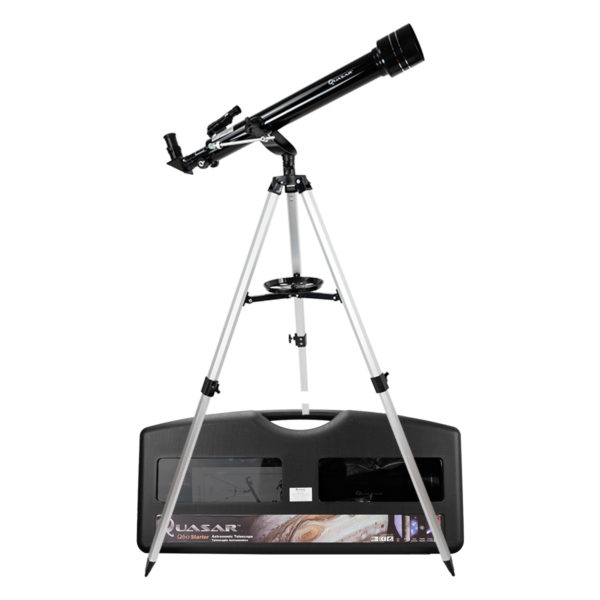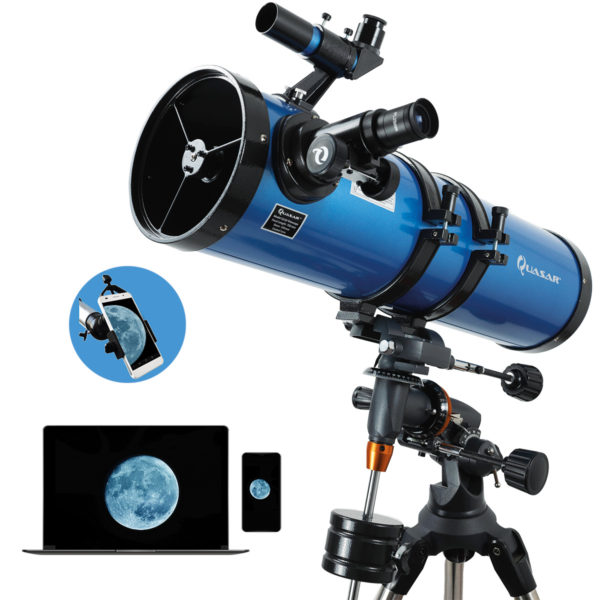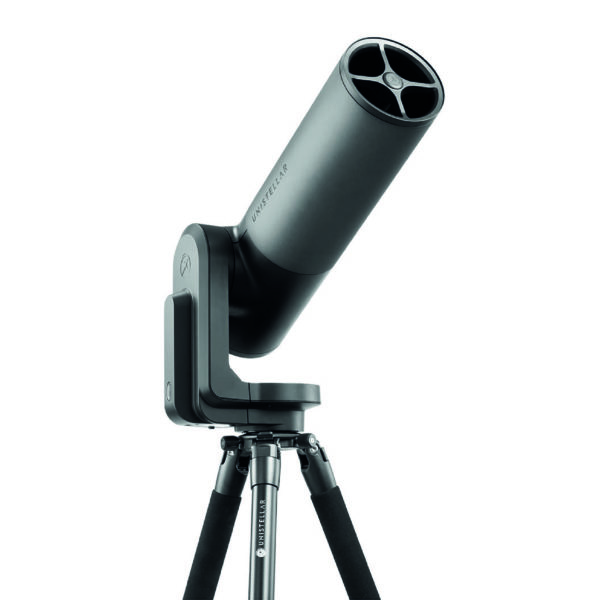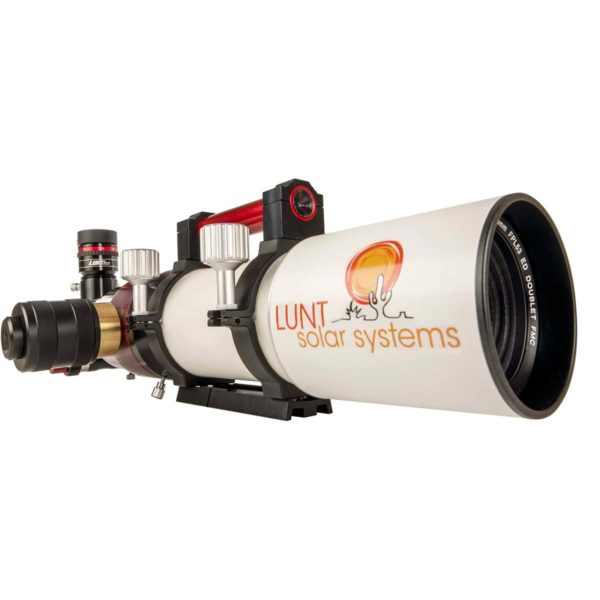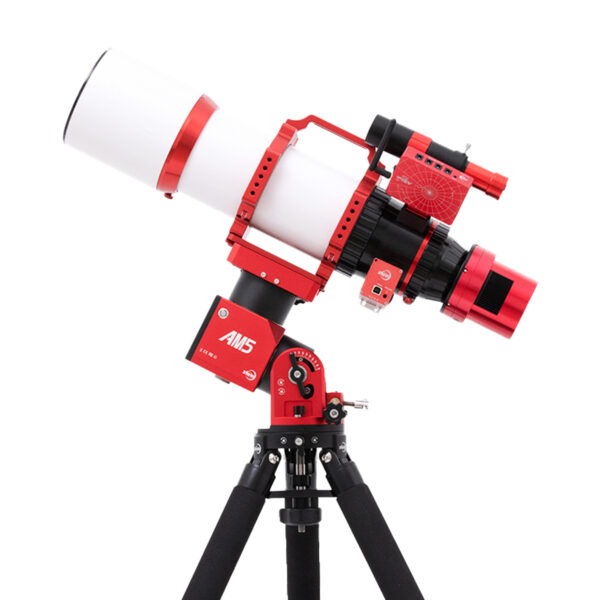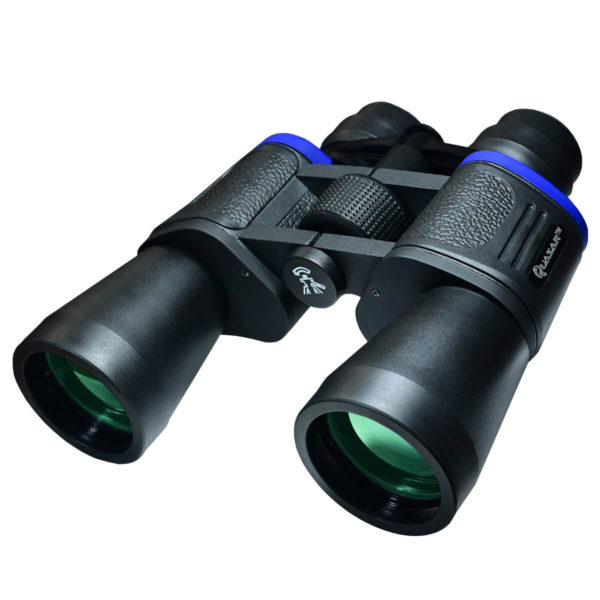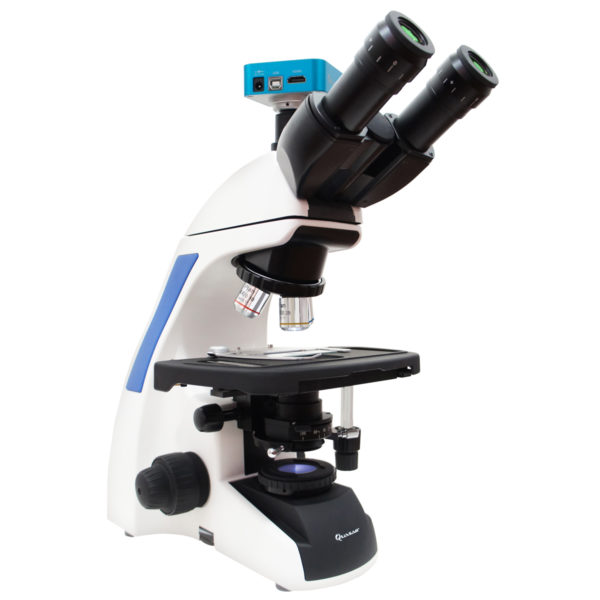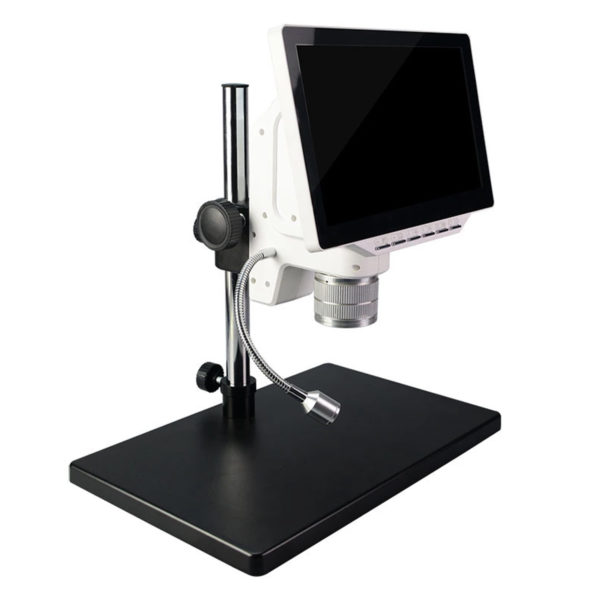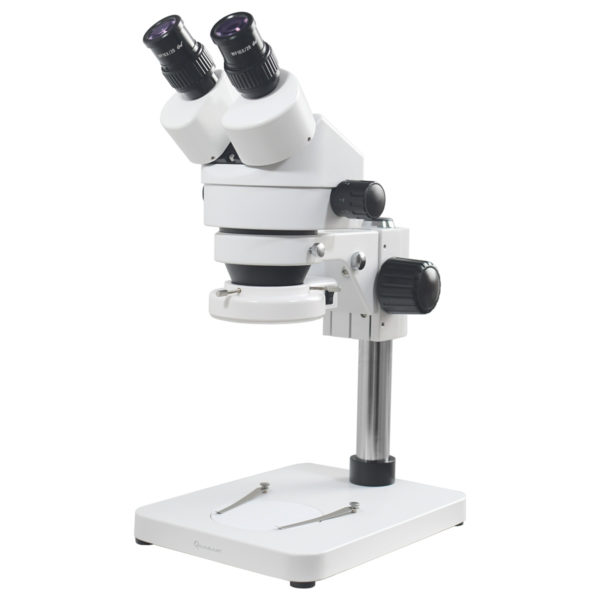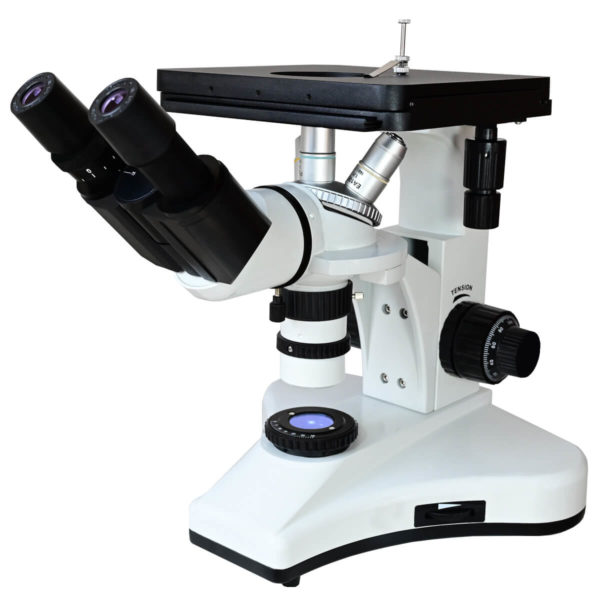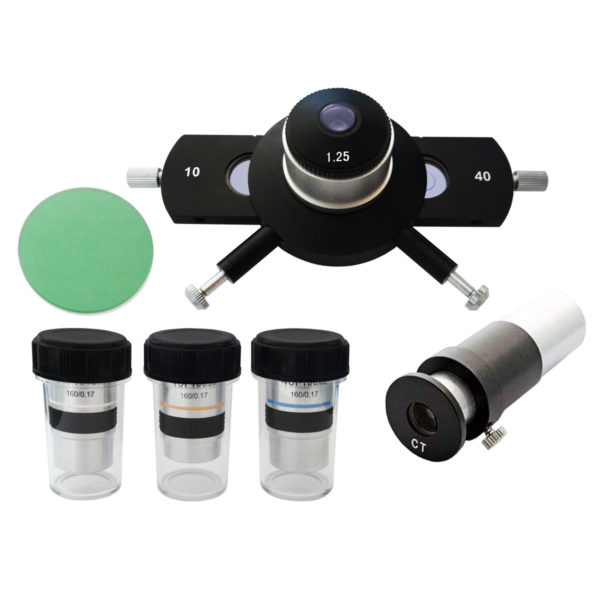If any curiosity concerns us as astronomy enthusiasts, it is this question, how fast do galaxies move? Obviously with respect to the universe and not about it. This is a complex question and a bit complicated to solve since there is no average as such to quantify its speed, but ways have been found, it is also difficult to know why each galaxy has its own speed, like the rest of the objects of the universe.
But as Jack the Ripper said, let’s go in parts, the speed of galaxies depends on several factors such as its location, what is around it, its age, the size it has, even things like the expansion speed of the universe or if it has black holes.
As you will see, it is a fairly complex issue, the primordial galaxies are not the same as the ones we see today, but let’s take as examples those that surround the Milky Way, these move around 100 and 2,000 km/S, while those that are far away move at about 5,000 km/s and the most distant can still move at 10,000 km/s.
For example, Messier 87 is moving at about 1,600 km/s and our Milky Way is going at a negligible speed of 600 km/s, and if you put it like that in comparison it doesn’t seem to be moving very fast, but don’t be fooled, they are. Incredibly high speeds, basically it is going from CDMX to Saltillo (694km) in the blink of an eye, in our scale that is basically teleportation.

Now, that is not all, to the speed that we already know of the galaxies we must add the speed at which they deviate from the distance that is given by the cosmic expansion, what they call peculiar speed (peculiar velocity), that is, the local movement of the galaxies, that is, if the galaxy is in a small group of galaxies, say about fifty galaxies, or is part of a super cluster of hundreds or thousands of galaxies.
The stellar neighborhood greatly influences the speed, and it’s like watching a waltz between galaxies, because they get closer, turn and move away, each movement of this type alters their speed a bit, a clear example is the Milky Way with Andromeda , the approach or merger of these two galaxies that seems inevitable will change the speed, but in a minuscule way compared to the peculiar speed, since the stellar neighborhood continues to influence the new galaxy that will be formed.
Once taking into account the peculiar speed, and that each galaxy moves at its own pace, it is still surprising that there are galaxies like Andromeda that move at the same speed as the Milky Way but in negative, or rather the other way around, what that reveals the direction in which it rotates, this type of detail made it difficult to measure the speed of the observable galaxies in the universe, since it was not possible to find groups of them that could be taken as a reference, fortunately in the decade In 1970, a fossil radiation from Big Bang was found, which helped the measurement because it is everywhere and it seems that it moves at a constant speed, which makes it a stable reference to compare the rest of speeds, since then the speeds of galaxies and other celestial objects are taken in relation to that expanding radiation.



